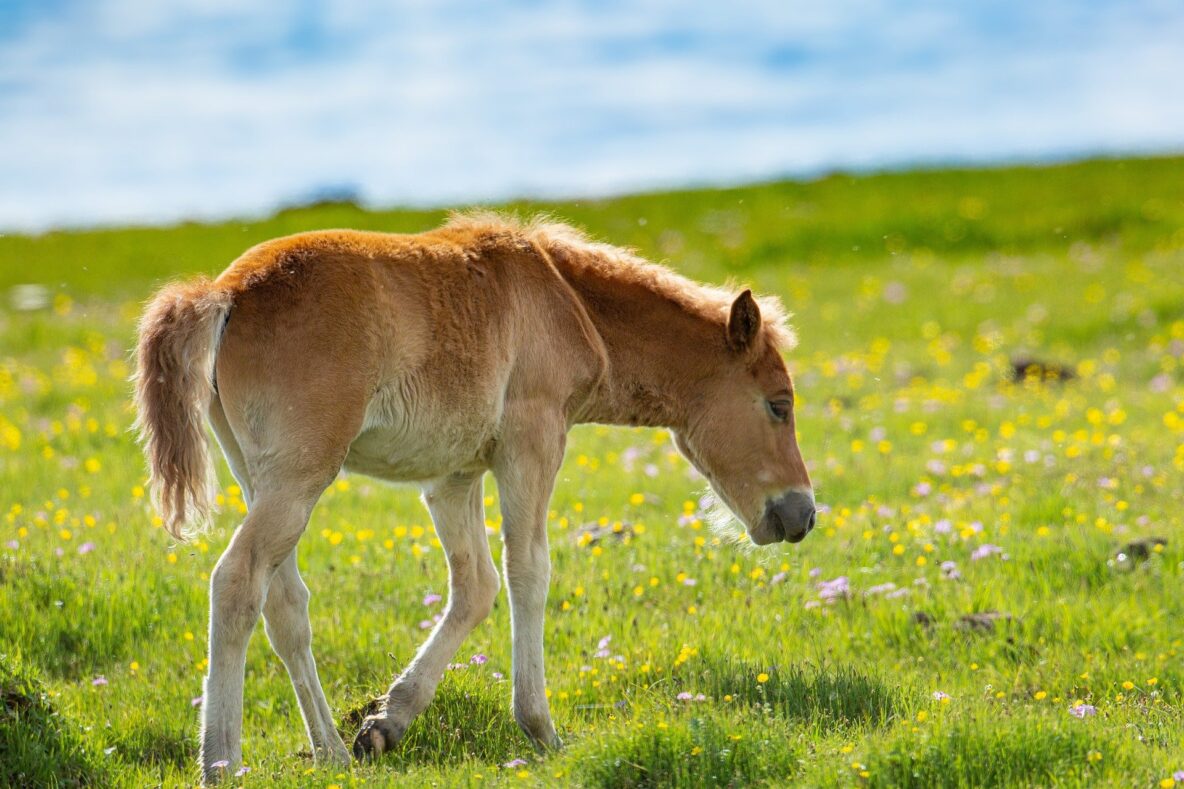What is canker?
Canker is an uncommon condition affecting a horse’s hooves, and its cause has not been definitively proven. Many veterinarians suspect that canker stems from a bacterial or viral infection in the foot. It is typically believed to be associated with moist, unsanitary housing conditions, as well as in horses with poor hoof conformation or infrequent hoof care. Confusingly, canker can also develop in dry environments and in horses with excellent hoof care. It does seem to occur more frequently in draft horses and in stalled horses with little exercise.
The result is an abnormal proliferation of hoof tissue, referred to as hypertrophic pododermatitis. Canker typically appears as a moist, spongy, cauliflower-like growth on the frog near the heels. The tissue may be white or gray in color and may have a white or yellow foul-smelling discharge. These growths are typically very painful when touched and can bleed easily if traumatized. Early cases of canker are sometimes mistaken for another common bacterial hoof infection known as thrush. Thrush, however, typically results in a loss or destruction of hoof tissue and has a characteristic black foul-smelling discharge.
Canker can affect one foot or multiple feet. As the disease progresses, it can spread to the bars, sole, and hoof wall. Horses may develop lameness when walking on these painful lesions. When left untreated canker can eventually involve and compromise underlying structures within the foot.
Diagnosis
Can be confirmed by taking a biopsy of a suspected lesion. When discussing a large or chronic (long-standing) lesion, your veterinarian may also recommend imaging such as radiographs, CT, or MRI to assess the extent of the disease and the health and integrity of important underlying structures in the foot.
Typical treatment consists of three key elements:
Surgical debridement: All diseased tissue must be removed. Depending on the extent of disease, this is either done in a standing, sedated horse or under general anesthesia. Some surgeons will also freeze surrounding tissue or treat it with a laser following surgical excision. Removal of canker tissue should never be attempted without a veterinarian present. This process, if not done correctly, can be very painful, cause significant bleeding, and carry a risk of serious infection.
Keep healing hooves dry: Following surgery, the horse’s foot must be kept very dry to avoid re-growth of canker lesions. Stall rest is typically recommended in order to keep horses out of mud, snow, and standing water encountered in most pastures. Diligent stall cleaning is essential during this time to minimize moisture accumulation in the form of urine and manure.
Topical therapy: Daily application of medication following surgery is essential to prevent recurrence of canker growth. Veterinarians typically use a combination of medications that have drying and antibacterial properties. A common ingredient list includes metronidazole, benzoyl peroxide, and acetone. This treatment is applied to the healing hoof under a bandage or a specialized shoe with a removable treatment plate.
Healing following canker excision surgery may require several weeks to many months, depending on the extent of the disease and the amount of tissue removed. Hooves must be monitored closely for the earliest signs of regrowth, which must be treated aggressively.
How can canker be prevented?
Due to the mysterious nature of canker, a guaranteed prevention plan has not been identified. Researchers have not yet been able to experimentally induce canker, even when replicating the suspected causes. Nevertheless, ensuring horses are housed in clean dry stalls and taking steps to improve pasture drainage will certainly aid in keeping hooves dry and healthy. Hooves should be inspected frequently, and horses should receive regular farrier care in order to identify early problems before they become more serious. Concerning changes in the appearance or consistency of a horse’s hooves should always be brought to your veterinarian’s attention.

